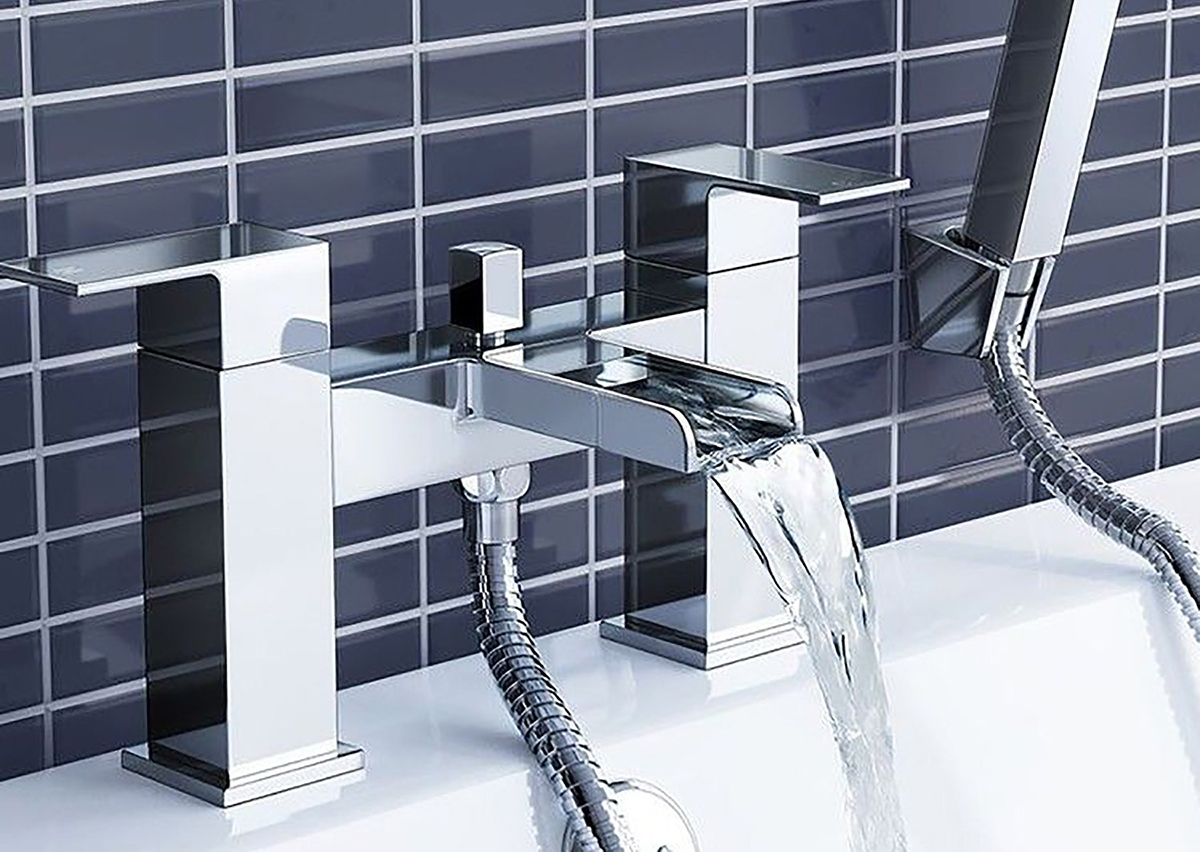
Proper tap installation is crucial for maintaining a functional and efficient bathroom.
Whether you're replacing an old faucet or installing a new one, ensuring a correct installation is essential to avoid future complications.
This tap installation guide provides a quick overview of the process, equipping you with the necessary knowledge and steps to successfully complete the task.
Types of Taps and Their Installation
Basin Taps
1. Mono Basin Mixer Taps
Mono basin mixer taps feature a single spout that combines hot and cold water, controlled by a lever or handle. These versatile taps feature a space-saving design and a modern aesthetic, making them suitable for most bathroom styles.
2. Pillar Basin Taps
Pillar basin taps are classic faucets that have separate hot and cold water supplies. They feature individual handles mounted on pillars, providing precise control over water temperature and flow.
With their timeless design and practical functionality, pillar basin taps add sophistication to your bathroom with a combination of style and convenience.
Bath Taps
1. Bath Mixer Taps
Bath mixer taps are commonly used in bathtubs and allow you to control the water temperature and flow rate. To install a bath mixer, tap, you will need to attach the tap to the bath and connect the water supply.
2. Bath Filler Taps
Bath filler taps are designed to fill the bathtub quickly. They have a single spout and lever to control the water flow. Installation involves attaching the tap to the bath and connecting the water supply.
Shower Taps
1. Exposed Shower Valves
Exposed shower valves are installed on the surface of the shower wall. They typically have separate controls for temperature and water flow. To install an exposed shower valve, you will need to attach the valve to the wall and connect the water supply.
2. Concealed Shower Valves
Concealed shower valves are installed inside the wall, with only the control plate visible. They provide a sleek and minimalist look to the shower area. Installation involves installing the valve in the wall and connecting the water supply.
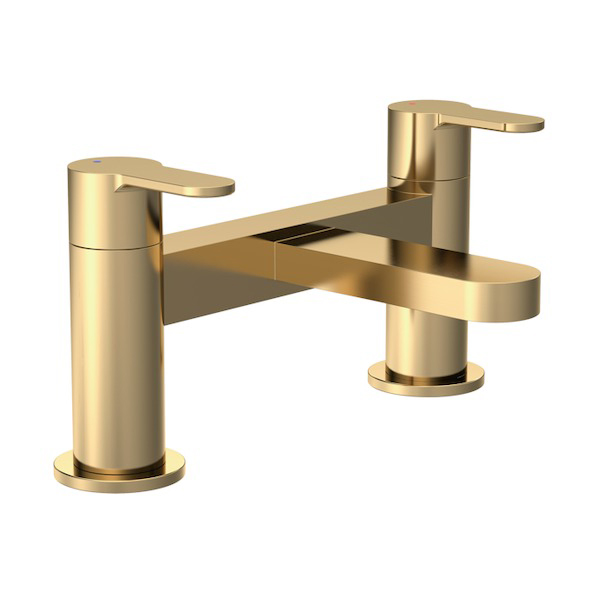

Tools and Materials Required
List of Tools and Materials
Before starting your tap installation process, it's important to gather all the necessary tools and materials. Here is a list of commonly required items:
Tools:
- Adjustable wrench
- Screwdriver (flathead and Phillips)
- Pipe wrench
- Basin wrench
- Pliers
- Silicone sealant gun
- Spirit level
- Tape measure
Materials:
- New taps or shower valve
- Flexible tap connectors
- Pipe fittings (if required)
- Teflon tape
- Silicone sealant
- Plumber's putty (if needed)
Safety Precautions
Before beginning any DIY plumbing project, it's essential you take proper safety precautions to avoid accidents or injuries. Here are some safety tips to keep in mind during your faucet installation:
- Turn off the Water Supply: Before starting the installation, shut off the water supply to the taps or shower you are working on. This will prevent any accidental water leaks or flooding.
- Use Personal Protective Equipment (PPE): Wear appropriate PPE, such as gloves and safety glasses to protect yourself from potential hazards.
- Be Cautious with Electrical Connections: If your tap installation involves any electrical connections, make sure to turn off the power supply before working on them. If you're unsure, consult a professional electrician.
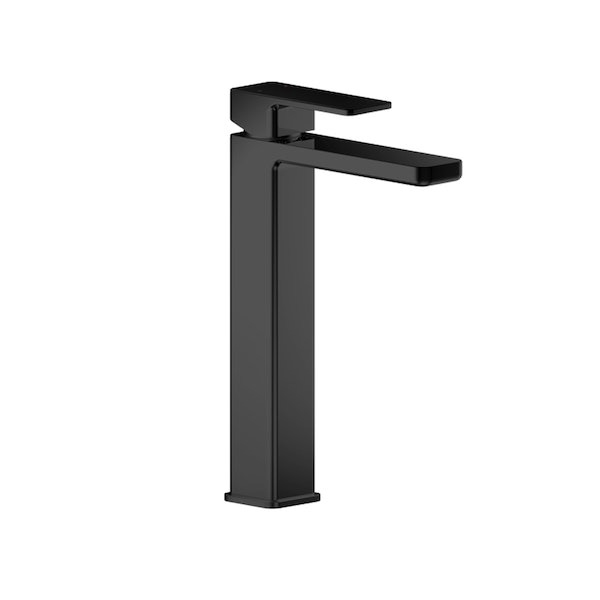

Preparing for Tap Installation
Shutting off the Water Supply
Locate the main water shut-off valve and turn it off to cut the water supply. This step is crucial to prevent water from flowing while you work on the taps.
Removing the Old Taps
Use a wrench or pliers to disconnect the supply lines and remove the old taps from the basin, bath, or shower wall. You may need to use penetrating oil if the fittings are corroded or difficult to remove.
Basin Taps Installation
Mono Basin Mixer Tap Installation
1. Attaching the Tap to the Basin
Place the tap in the desired position on the basin and secure it with the provided fixing kit or nuts. Make sure the tap is level and aligned properly.
2. Connecting the Water Supply
Use flexible tap connectors to connect the tap to the water supply pipes. Ensure a tight and leak-free connection by using Teflon tape or pipe sealant
Pillar Basin Tap Installation
1. Attaching the Taps to the Basin
Position the hot and cold taps on the basin and secure them using the provided fixings. Align the taps properly and tighten the nuts to ensure a secure fit.
2. Connecting the Water Supply
Use flexible tap connectors to connect the tap to the water supply pipes. Ensure a tight and leak-free connection by using Teflon tape or pipe sealant.
Bath Taps Installation
Bath Mixer Tap Installation
When installing bath taps, whether they are mixer taps or filler taps, follow these steps:
1. Attaching the Tap to the Bath
Position the bath mixer tap at the desired location on the bath, following the manufacturer's instructions. Secure it firmly using the provided fixings or nuts.
2. Connecting the Water Supply
Use flexible tap connectors to connect the bath mixer tap to the water supply pipes. Ensure tight connections using Teflon tape or pipe sealant.
Bath Filler Tap Installation.
1. Attaching the Tap to the Bath
Position the bath filler tap in the designated area on the bath and secure it using the provided fixings or nuts.
2. Connecting the Water Supply
Connect the bath filler tap to the water supply pipes using flexible tap connectors. Apply Teflon tape or pipe sealant to prevent leaks.
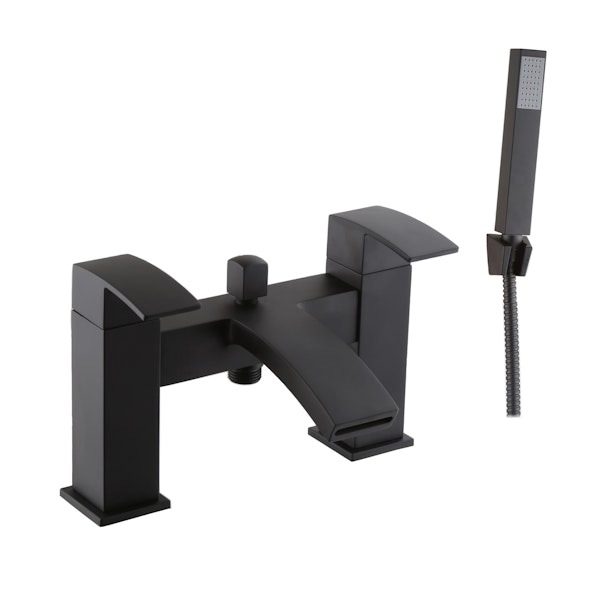

Shower Taps Installation
Whether you are installing exposed shower valves or concealed shower valves, the following steps will guide you through the process:
Exposed Shower Valve Installation
Position the exposed shower valve at the desired height on the shower wall and mark the fixing holes. Drill pilot holes, then attach the valve using screws or wall plugs.
1. Attaching the Valve to the Wall
Use flexible hoses or pipe fittings to connect the shower valve to the water supply pipes. Ensure tight connections and test for leaks.
2. Connecting the Water Supply
Use flexible hoses or pipe fittings to connect the shower valve to the water supply pipes. Ensure tight connections and test for leaks.
Concealed Shower Valve Installation
1. Installing the Valve in the Wall
Cut an opening in the shower wall according to the manufacturer's instructions. Insert the concealed shower valve and secure it using the provided fixings.
2. Connecting the Water Supply
Connect the water supply pipes to the concealed shower valve using flexible hoses or pipe fittings. Check for any leaks and make necessary adjustments.
Final Checks and Maintenance
After installing the taps, performing some final checks is important to ensure everything is in proper working order. Here are a few important steps to follow:
Testing the Taps for Leaks
Turn on the water supply and check for any leaks around the connections. Tighten any loose fittings or connections if needed. Also, check for proper water flow and temperature control.
Tips for Maintaining and Cleaning your Taps
Regularly clean your taps using mild soap and water. Avoid using abrasive cleaners that can damage the surface. Wipe off any water droplets after each use to prevent water stains or mineral build-up.
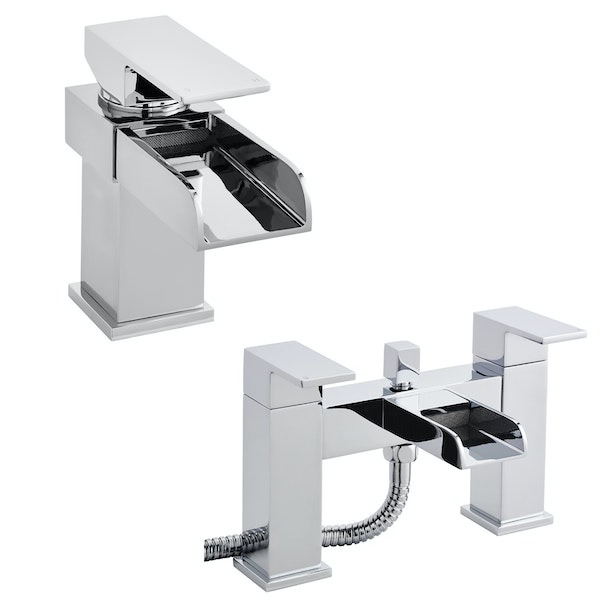

Conclusion
Installing a bathroom tap is a straightforward process that can greatly enhance the functionality and aesthetics of your bathroom. You can confidently tackle this project by following our tips in this tap installation guide.
Gather the necessary tools and materials, shut off the water supply, and take your time to ensure a proper and secure installation. The end result will be a beautifully functioning bathroom tap that adds value and convenience to your daily routine.
